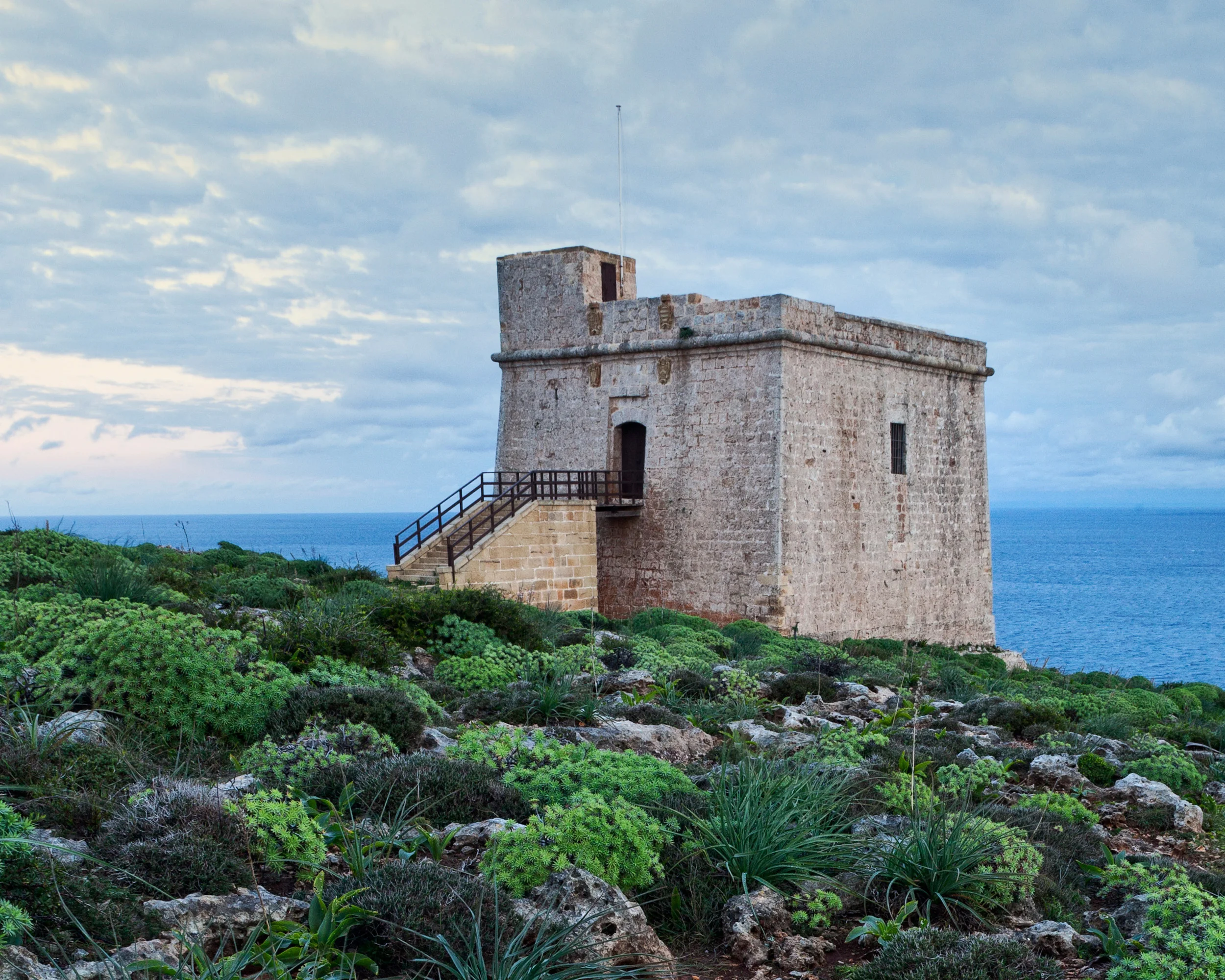There are six watchtowers lining Gozo’s rugged coastline, and each has a special place in the Maltese Islands’ tumultuous history. Here, we take a deeper look at their collective story, their present state, and why one should visit them.
For hundreds of years, Gozo’s watchtowers played a crucial role in the safeguarding of its people. Offering unhindered views of the Mediterranean Sea, these towers proved to be pivotal in the battles against piracy, the Ottomans, the Nazis and the Italians, by giving off signals whenever danger was looming on the horizon.
Yet, as time went by, these watchtowers went into disrepair and, these once-proud structures, became shadows of their glorious past. Now, they’re being restored, and are allowed to serve as a reminder of the Islands’ tempestuously on-going fight with an enemy that was never more than a short sea voyage away.
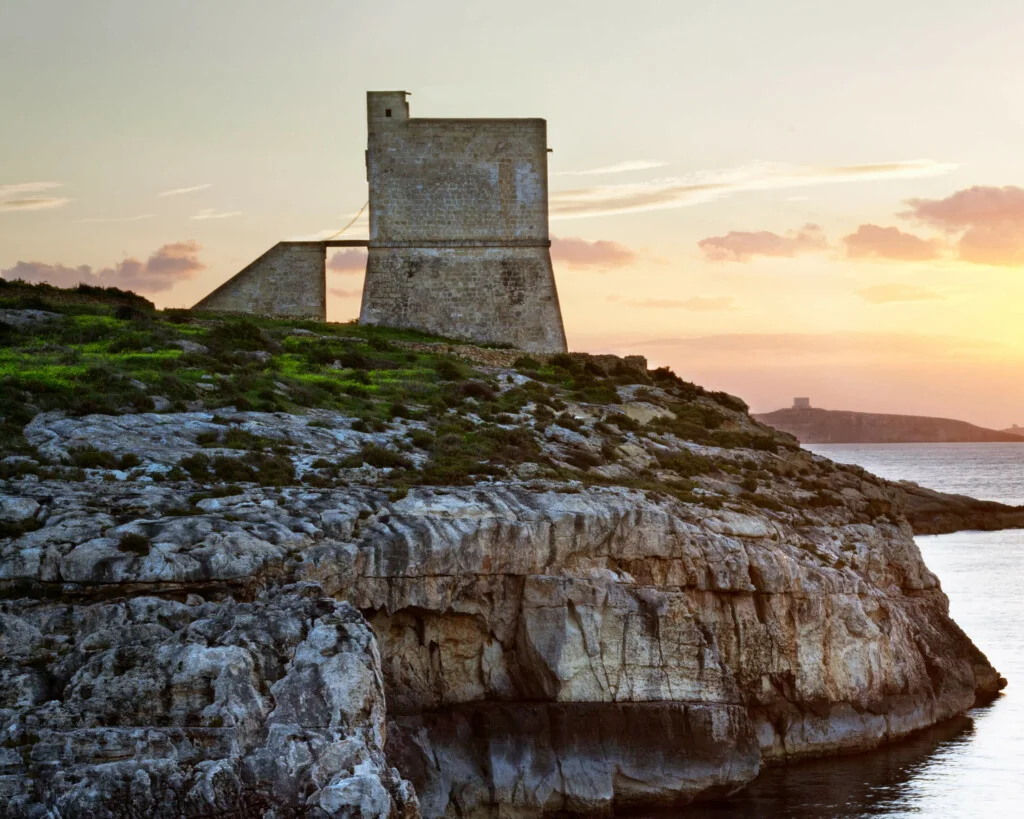
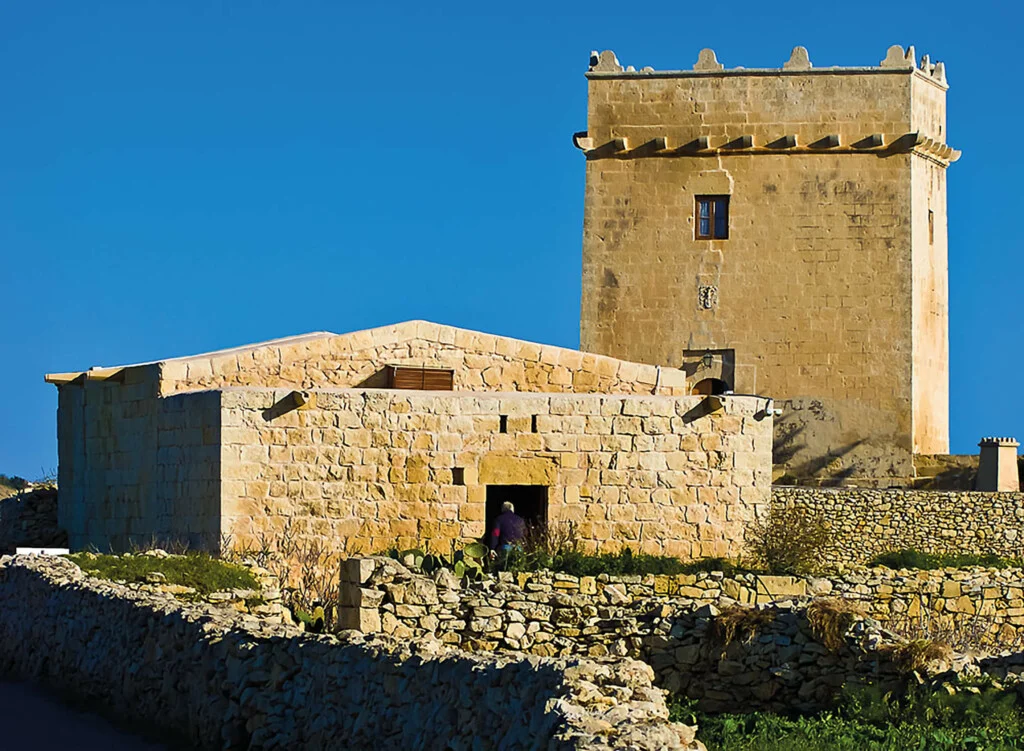
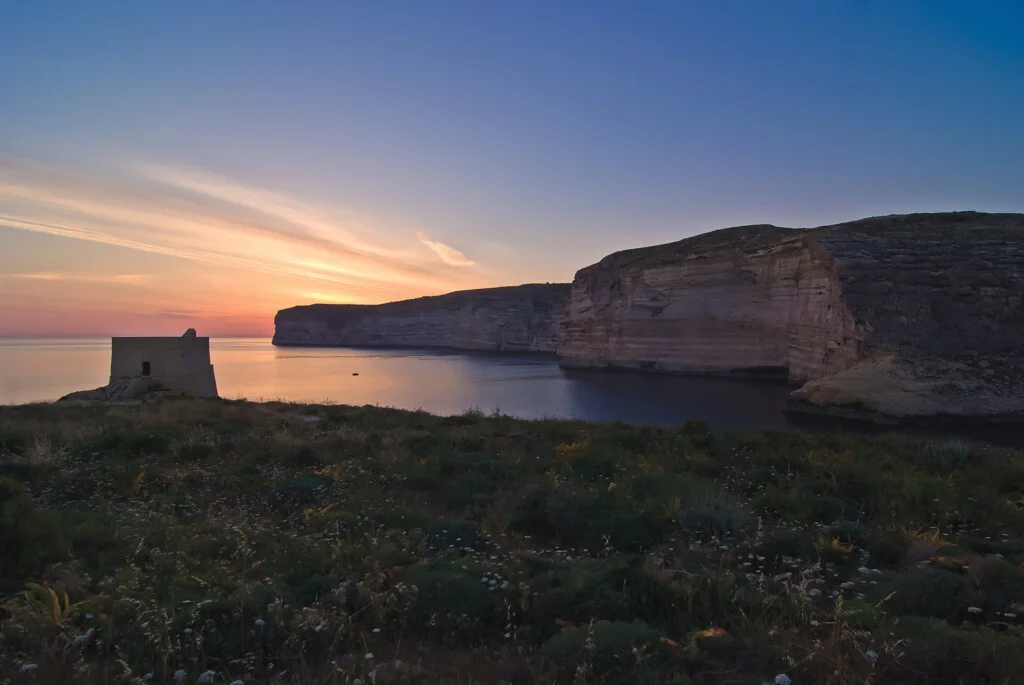
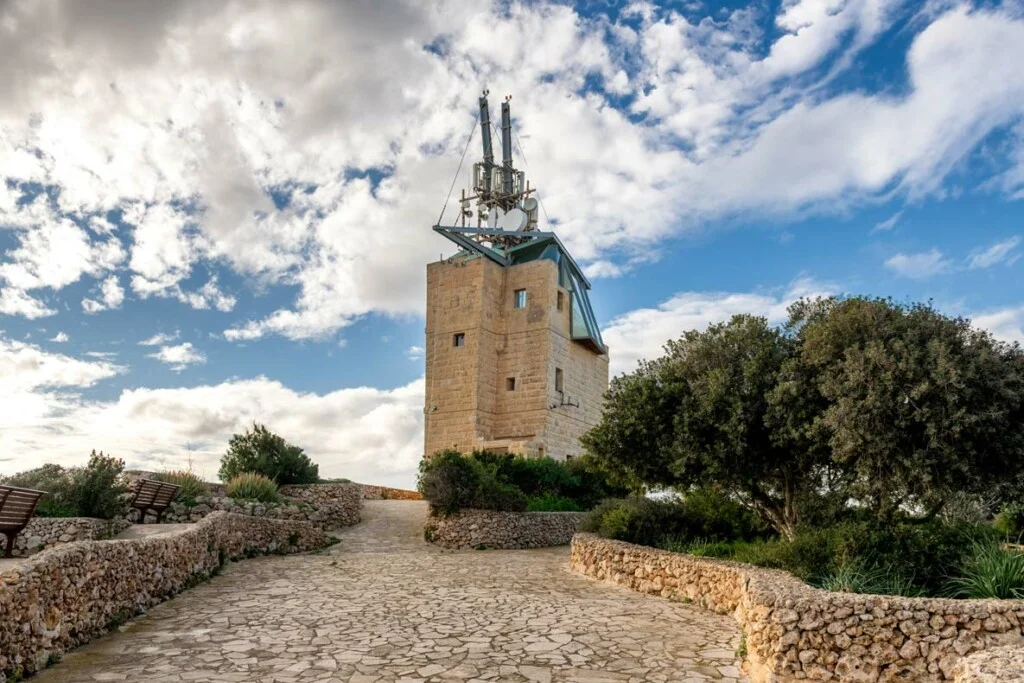
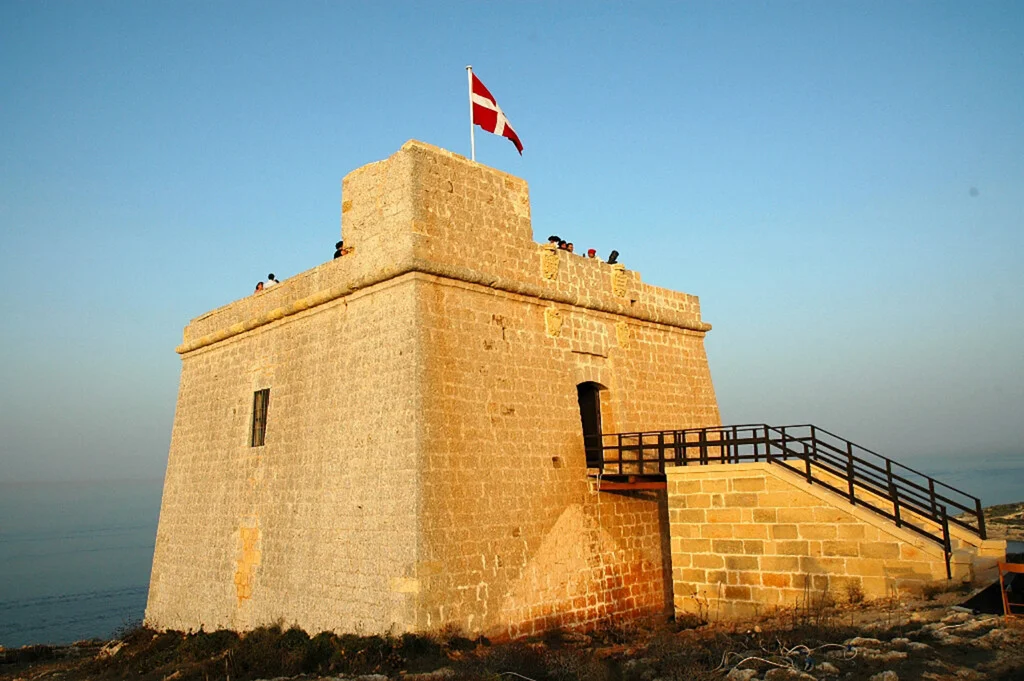
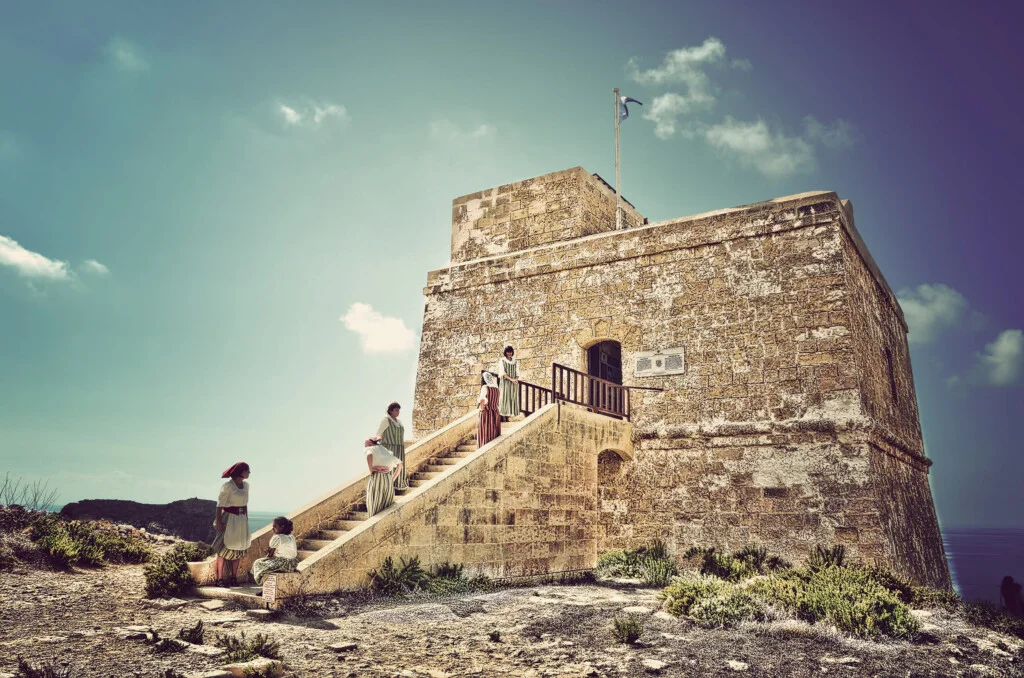
As films and television series often depict, watchtowers were used for two reasons: firstly, to keep an eye out for any impending threats from land or sea; and, secondly, to raise the alarm when this was spotted.
Gozo’s watchtowers were built between the 17th and 18th centuries, during the reign of the Knights of St John. They were used to keep an eye out for invasions from the many enemies that lay just over the horizon – and it wasn’t just the Ottomans, but also pirates and many others.
When the enemy was spotted by a tower, those manning it were to communicate with the other watchtowers in a bid to get the message to those in power in as little a time as possible. In the morning, this was done by creating a large pillar of smoke that spiralled upwards for many metres; in the evening, the smoke was replaced with a fire that shone bright amid the black veil of the night.
Although Malta and Gozo have had many conquerors, almost all of them used the same key locations to keep the Islands secure and to foresee any enemy attacks as quickly as possible. Places like Mdina, St Elmo’s Fortress in Valletta and the Cittadella, are renowned for their geographical advantage over the surrounding areas, and these watchtowers were built on the same principles.
A watchtower needed to be positioned in a place that afforded it a 360-degree view of the encompassing area so it could see and be seen. These locations were pinpointed a very long time ago – maybe even before the watchtowers had actually been built – and their relevance in terms of visibility has never been faulted.
What many don’t realise is that these watchtowers were used up until World War II. The British understood exactly just how strategic their positions were and how crucial they may be to spotting the enemy. Unfortunately, once the war ended, these watchtowers were abandoned for a number of decades, so some of them needed major restorations and repairs before they could welcome visitors.


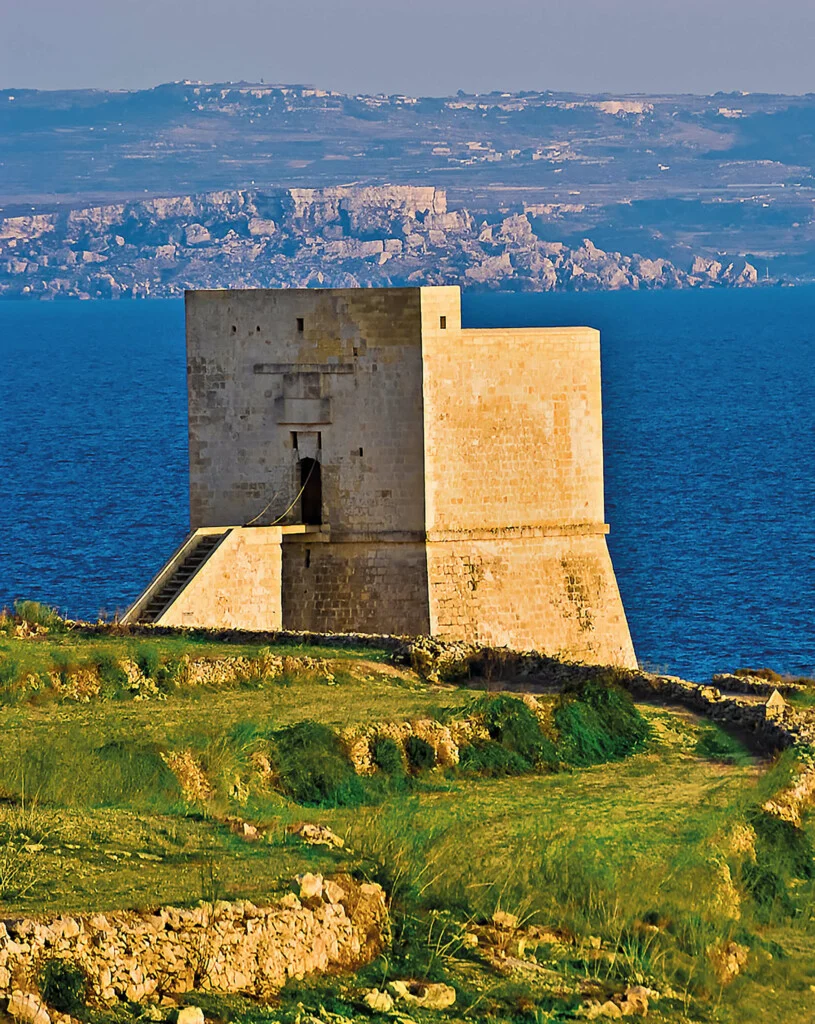
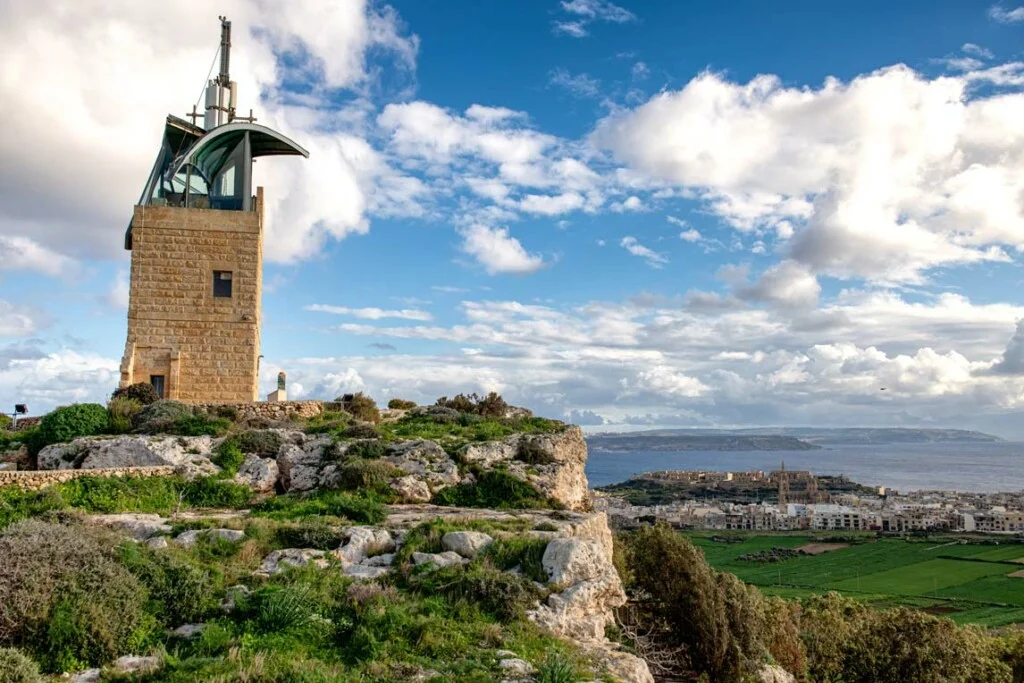
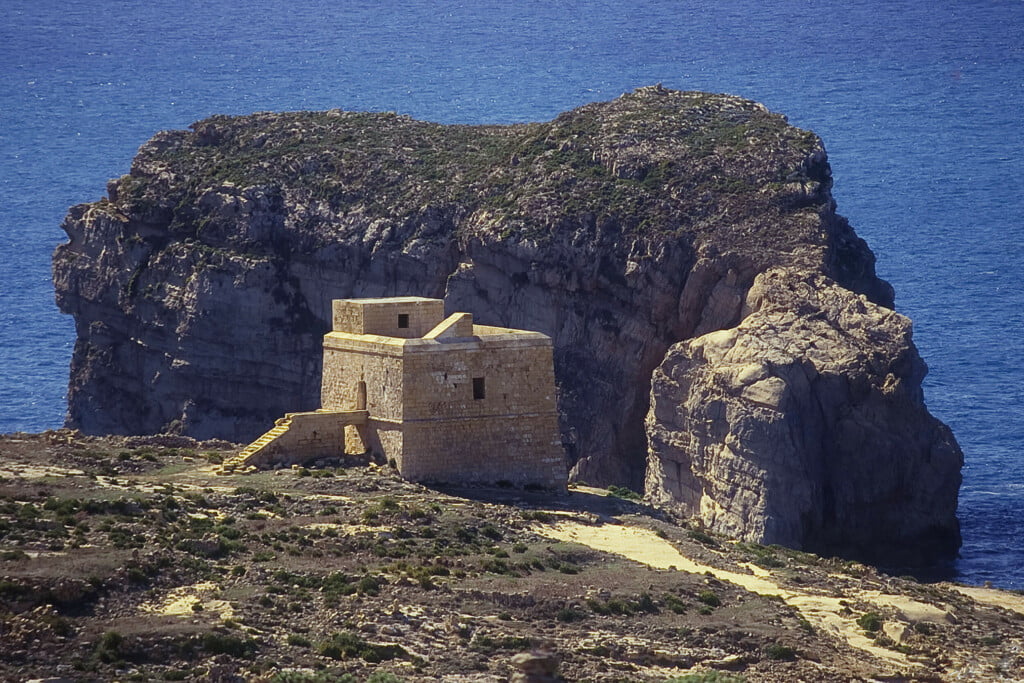
With six watchtowers scattered around the perimeter of Gozo, chances are you’re never more than a 10-minute car ride away from one. Each of them is very close to the coast, and has an unparalleled view of the encircling expanse.
These six are: Mġarr ix-Xini Tower, Dwejra Tower, Xlendi Tower, Ta’ Isopu Tower, Ta’ Kenuna Tower and Santa Ċeċilia Tower.
Each has an incredible story of its own, and visiting them gives you a real sense of how different things were – particularly in terms of communication. There are currently four towers open to the public – Mgarr ix-Xini, Dwejra, Xlendi and Ta’ Isopu.
It’s good to point out, however, that some of them still serve a purpose. Ta’ Kenuna Tower, for example, is being used by GO Communications, while Santa Cecilia used to be – and might still be – a home.
Each tower has a guardian; an organisation or local council that looks after it.
- Xlendi Tower was recently restored by the Munxar Council.
- Ta’ Isopu has been restored by the Nadur Local Council.
- Dwejra Tower was restored a couple of years back by Nature Trust, Din l-Art Helwa and Wirt Għawdex, and is now run by Din l-Art Helwa.
- Ta’ Kenuna Tower was restored by the Nadur Local Council
- Santa Ċeċilia is out of the government’s remit.
- Mġarr ix-Xini has been restored by Wirt Għawdex, and is now open to the public.
